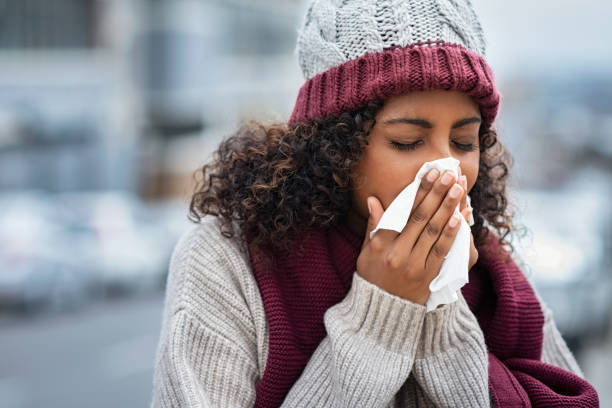(AP) – As winter draws near and daylight hours diminish, individuals prone to seasonal depression may begin to notice its impact on their bodies and minds. “It’s a mix of panic, fear, anxiety, and dread all rolled into one,” shared Germaine Pataki, 63, from Saskatoon, Saskatchewan.
Pataki is among the millions estimated to experience seasonal affective disorder (SAD). To cope, she engages in activities such as yoga and walking, and she takes antidepressant medication. Additionally, she is part of a Facebook group dedicated to individuals dealing with SAD. “I try to focus on supporting others who are going through it,” Pataki explained. “This gives me a sense of purpose.”
Individuals with SAD typically experience episodes of depression that begin in the fall and subside during spring or summer. The transition back to standard time, which occurs this weekend, can trigger symptoms of SAD for many.
Medical experts also recognize a milder form known as subsyndromal SAD, as well as a summer variant of seasonal depression, though the latter is less understood.
The term SAD was first coined in 1984 by a team led by Dr. Norman Rosenthal, then a researcher at the National Institutes of Health. “I think it has stuck because it’s memorable,” he noted.
What Causes Seasonal Affective Disorder?
Research indicates that specialized cells in our eyes convert blue light wavelengths into neural signals that influence mood and alertness. Sunlight is abundant in blue light, and when these cells absorb it, our brain’s alertness centers activate, making us feel more awake and possibly even happier.
Kathryn Roecklein, a researcher at the University of Pittsburgh, studied how individuals with and without SAD responded to blue light. Her findings showed that those with SAD had reduced sensitivity to blue light, particularly during winter. “In winter, when light levels drop and sensitivity is lower, it may not be sufficient for healthy functioning, leading to depressive symptoms,” Roecklein explained.
Miriam Cherry, 50, from Larchmont, New York, shared her experience of preparing for winter depression each summer. “It’s like clockwork,” she said. “As sunlight fades, and the day ends around 4:45 PM, my mood takes a nosedive.”
Does Light Therapy Help?
Many individuals with SAD find relief through light therapy, according to Dr. Paul Desan of Yale University’s Winter Depression Research Clinic. “The first step we recommend is light exposure,” Desan stated. “Most patients show significant improvement after just half an hour of bright light each morning, often eliminating the need for medication.”
Light therapy utilizes devices that emit light approximately 20 times brighter than standard indoor lighting. Research suggests using a light of around 10,000 lux for 30 minutes each morning can benefit not only those with SAD but also individuals experiencing milder winter blues.
Specialized light devices range in price from $70 to $400, but some marketed products may lack the necessary brightness to be effective. Yale has evaluated several products and provides a list of recommendations, while the nonprofit Center for Environmental Therapeutics offers a consumer guide for selecting appropriate lights.
If you have been diagnosed with SAD, Desan advises checking with your insurance provider to see if the cost of a light device could be covered.
What About Talk Therapy or Medication?
Antidepressants are a primary treatment for SAD, often used alongside light therapy. Doctors also suggest maintaining a consistent sleep schedule and taking walks outside, even on cloudy days.
The benefits of light therapy may diminish when usage stops. One form of talk therapy known as cognitive behavioral therapy (CBT) has been shown in studies to produce longer-lasting effects, according to Kelly Rohan, a researcher at the University of Vermont.
CBT involves collaborating with a therapist to identify and alter unhelpful thought patterns. “A common thought is ‘I hate winter,’” Rohan noted. “Reframing that to ‘I prefer summer to winter’ is a factual statement that can neutralize negative feelings.” Working with a therapist can help individuals take gradual steps to rediscover enjoyment, such as planning simple activities like meeting a friend for coffee.
What Other Strategies Might Help?
Individuals with SAD have several months to develop coping strategies, and some have discovered techniques that work for them, even if scientific backing is limited. Elizabeth Wescott, 69, of Folsom, California, swears by contrast showers, a water therapy technique that alternates hot and cold water during showers. In addition, she uses a light box and takes an antidepressant.
“I’m always on the lookout for new tools,” Wescott said. Meanwhile, Cherry in New York is transforming part of her garden to include early-blooming flowers like snowdrops, winter aconite, and hellebores, which can flower as early as February. “That will serve as a reminder that winter won’t last forever,” Cherry remarked. “It will get better, and spring will eventually arrive.”
4o mini


